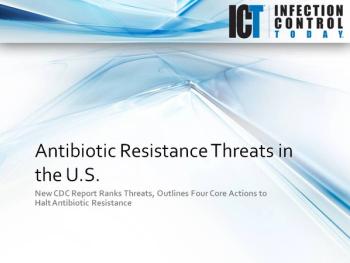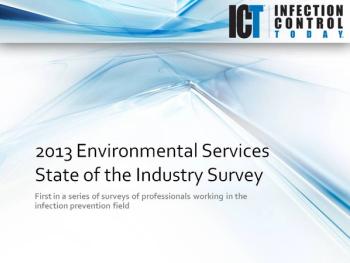
News
Advertisement


Advertisement




Advertisement












A recent headline in the May 28, 2013 issue of The New York Times read: HOSPITALS STRUGGLE TO GET WORKERS TO WASH THEIR HANDS. This is news? It is an age-old problem that no one wants to take on directly. It seems that personal responsibility has taken the last seat in the steerage compartment of the ship when it comes to patient safety and doing what it right.











Advertisement
Advertisement
Trending on Infection Control Today
1
Superbug-Related Deaths: A Call to Action for Hospitals
2
Announcing the 2025 Infection Control Today Educator of the Year Award Winner: Patricia Montgomery, MPH, RN, CIC, FAPIC
3
The Invisible Threats: An IP's Guide to Advocating for Sterile Processing
4
The Clean Bite: Real Talk About Infection Control – Creating an Effective Dental Infection Prevention Training Program
5